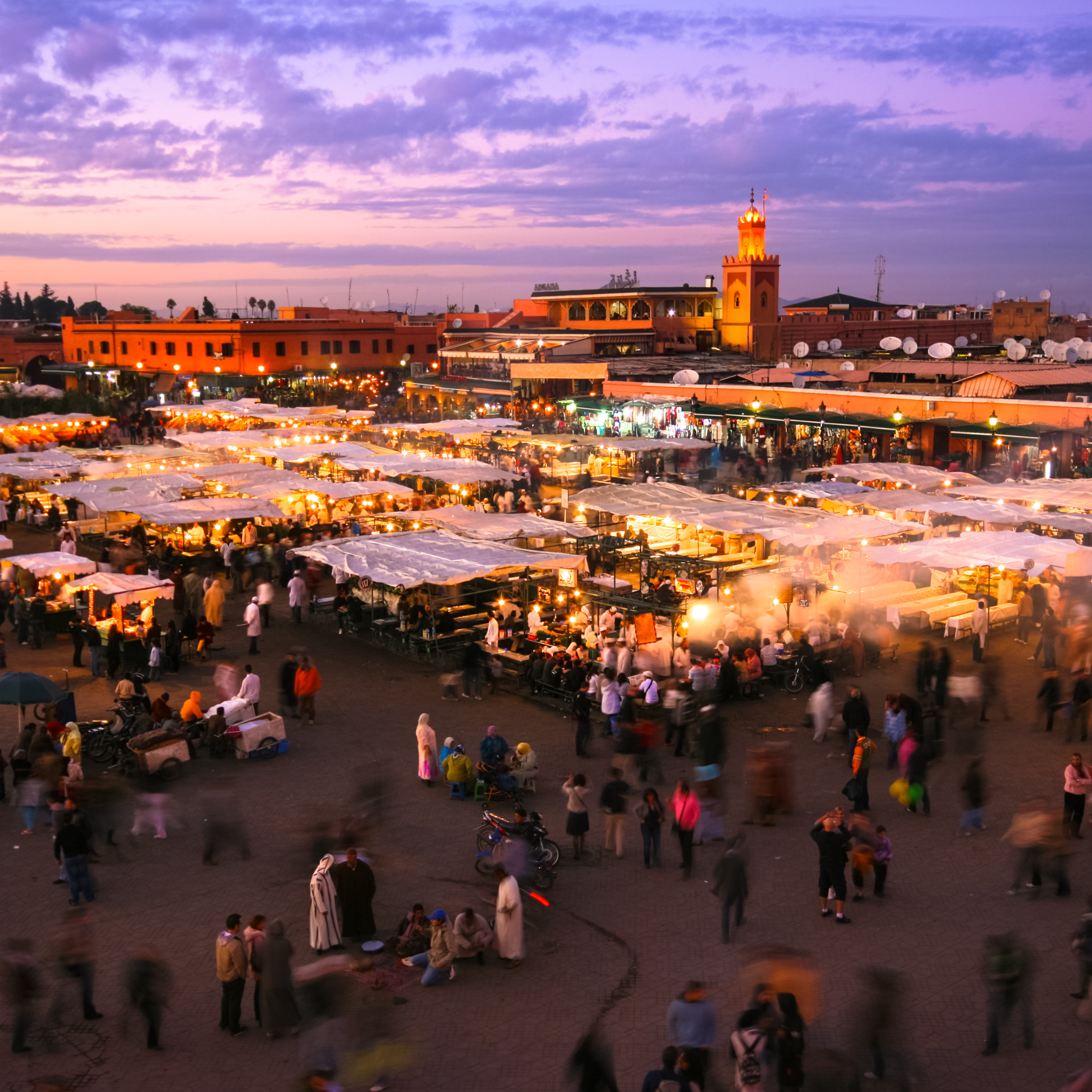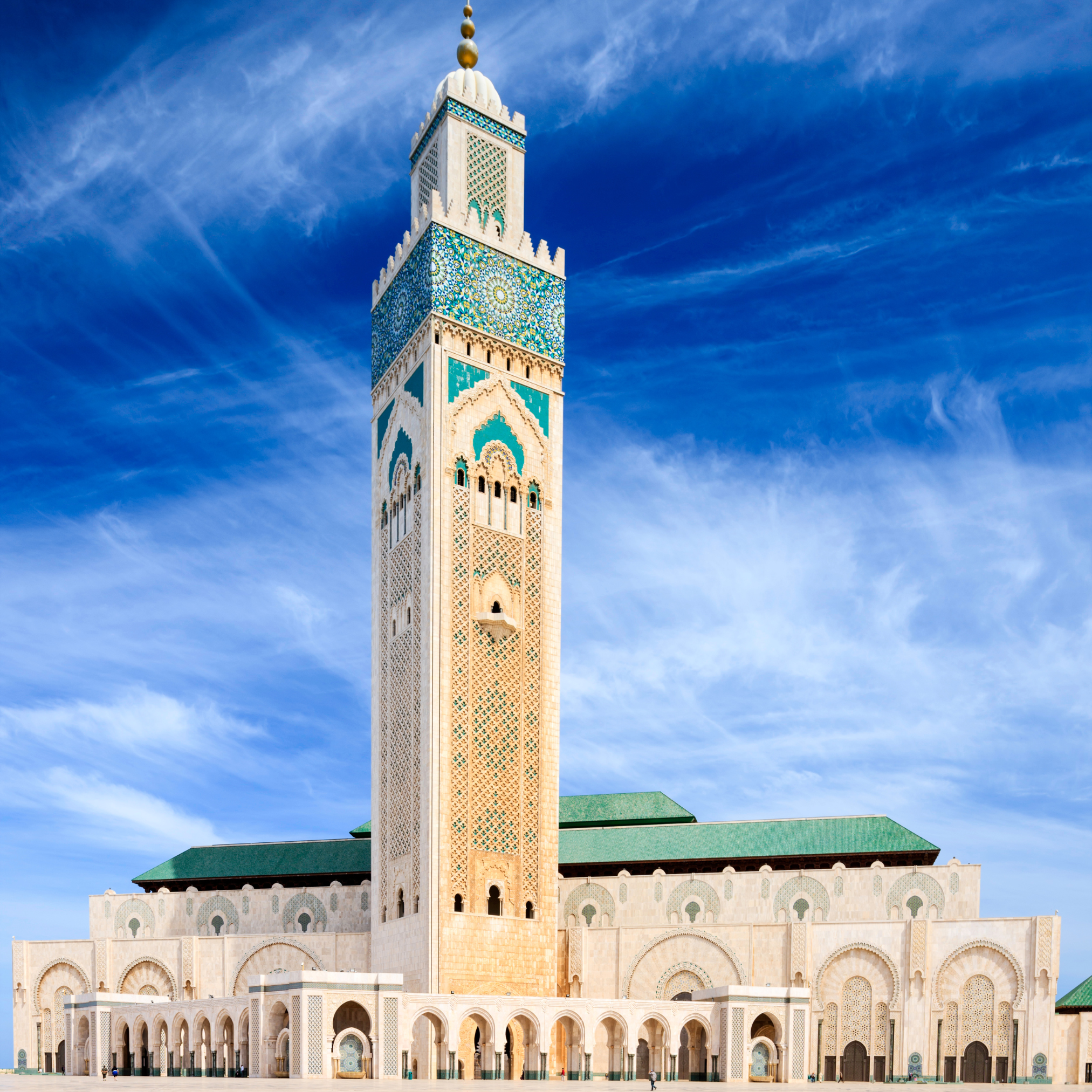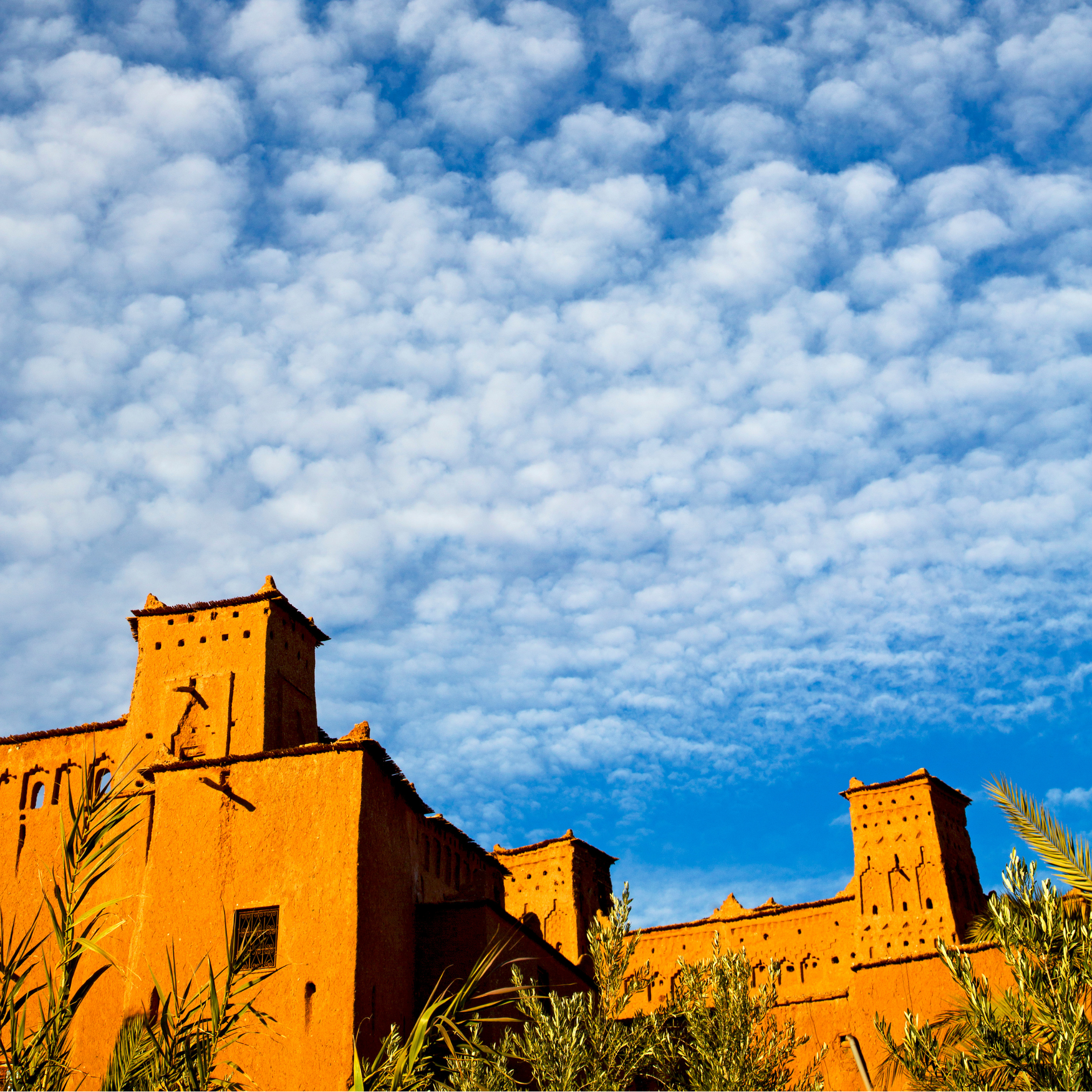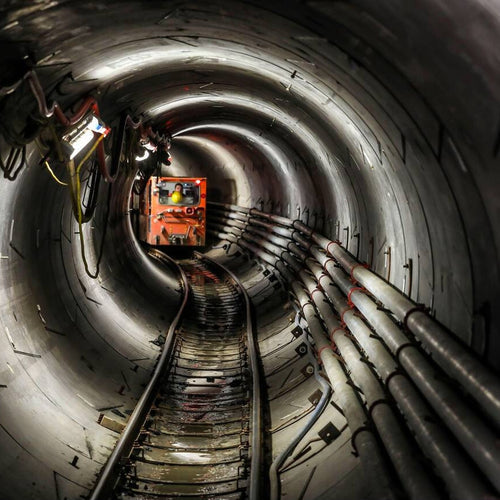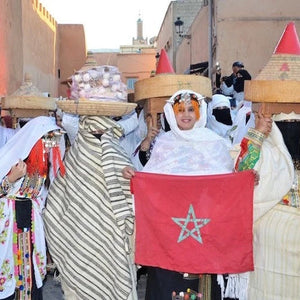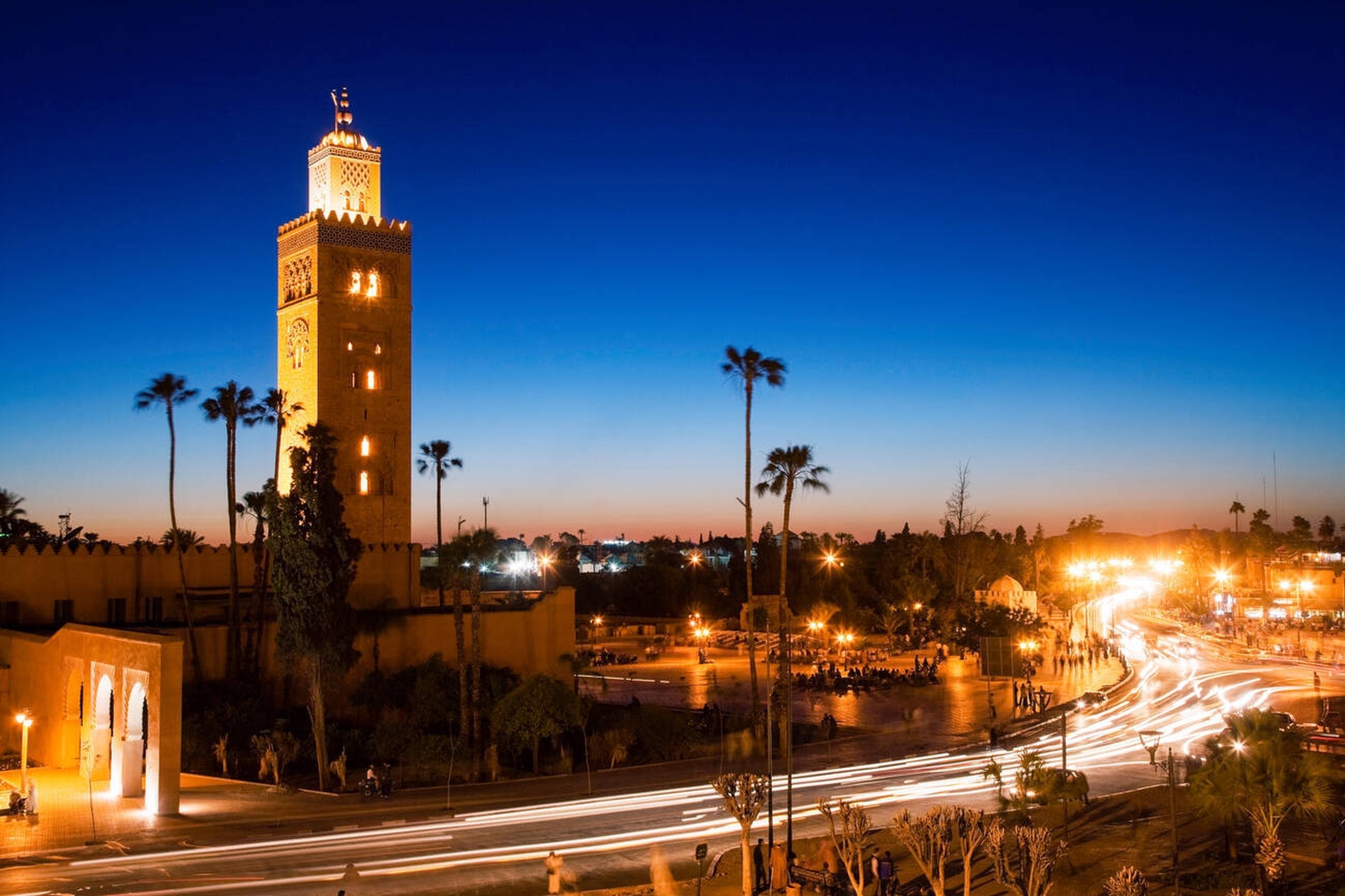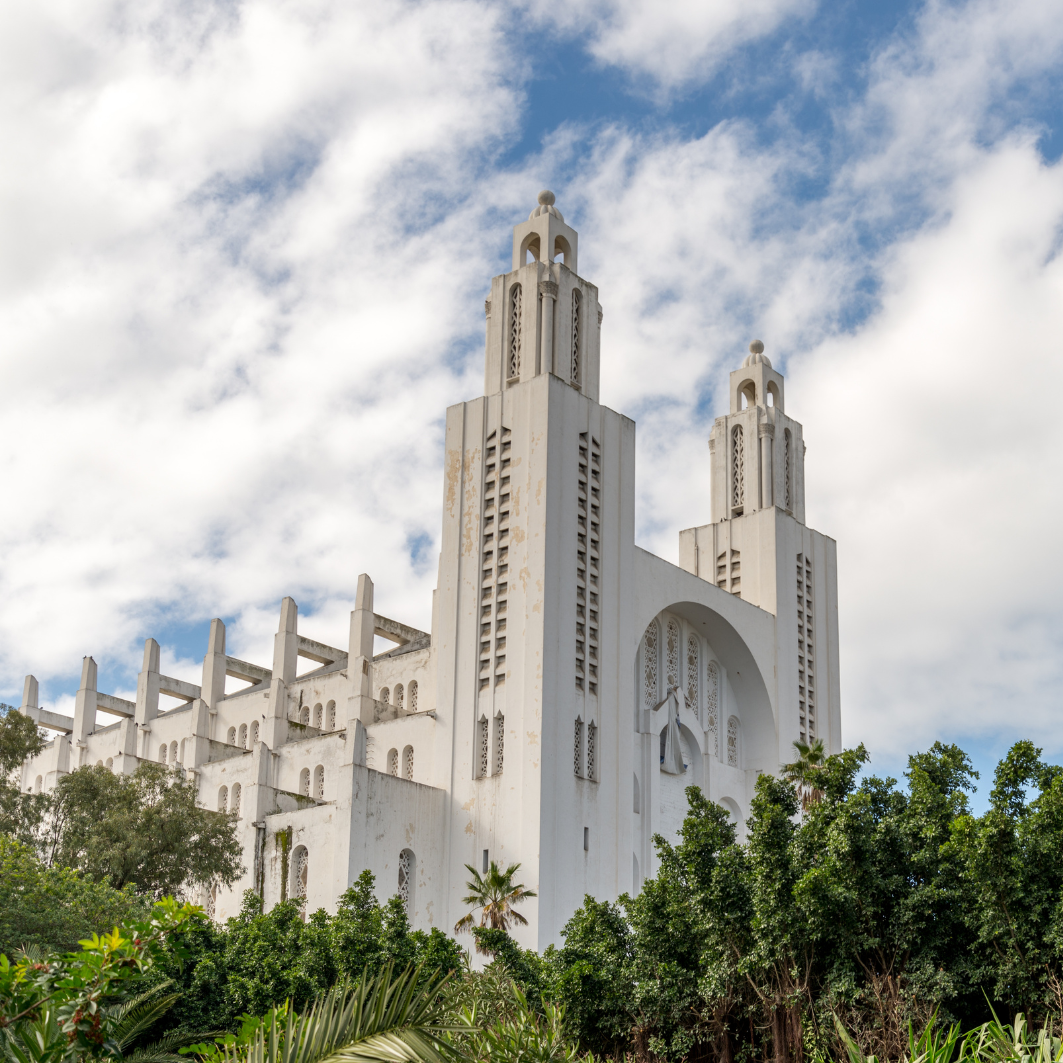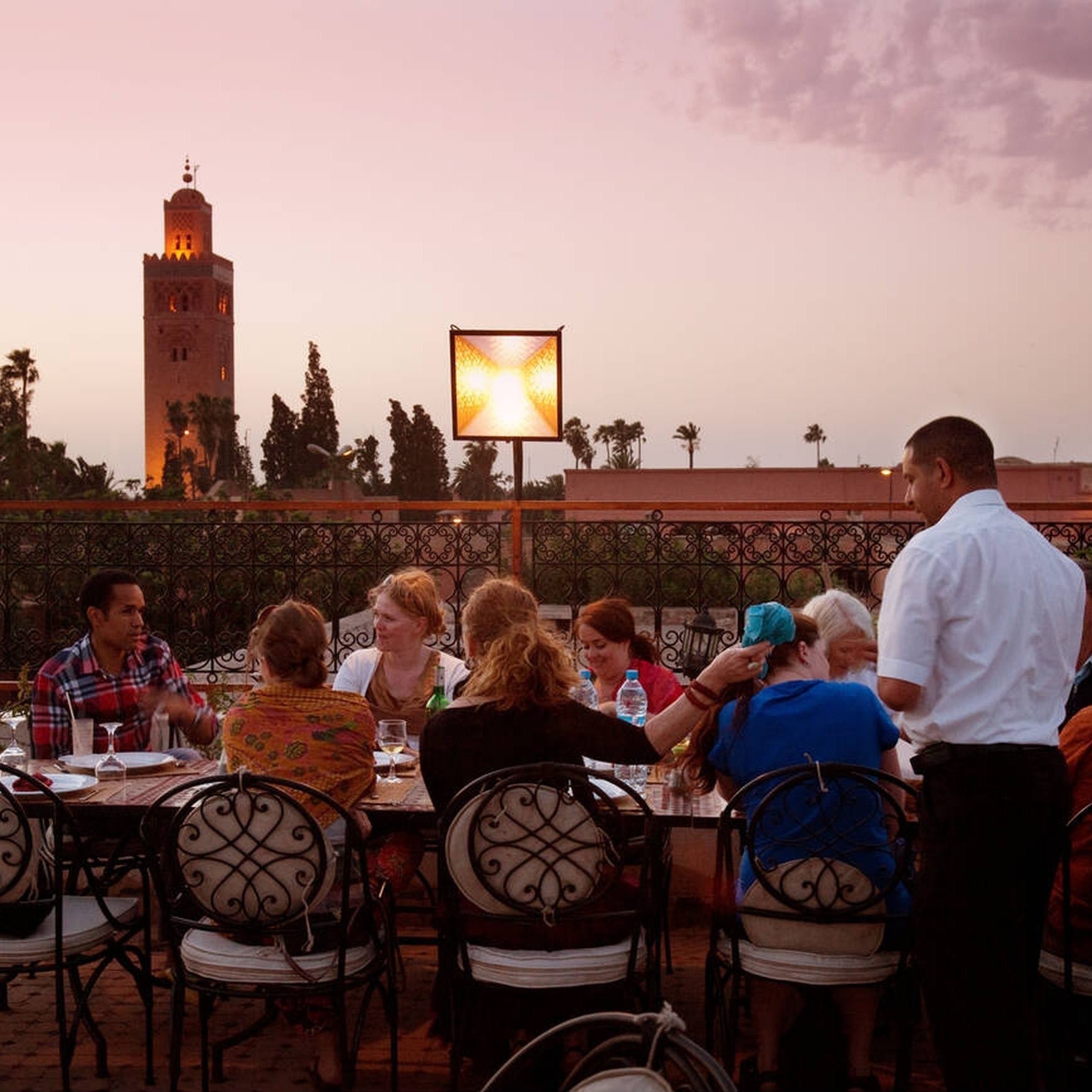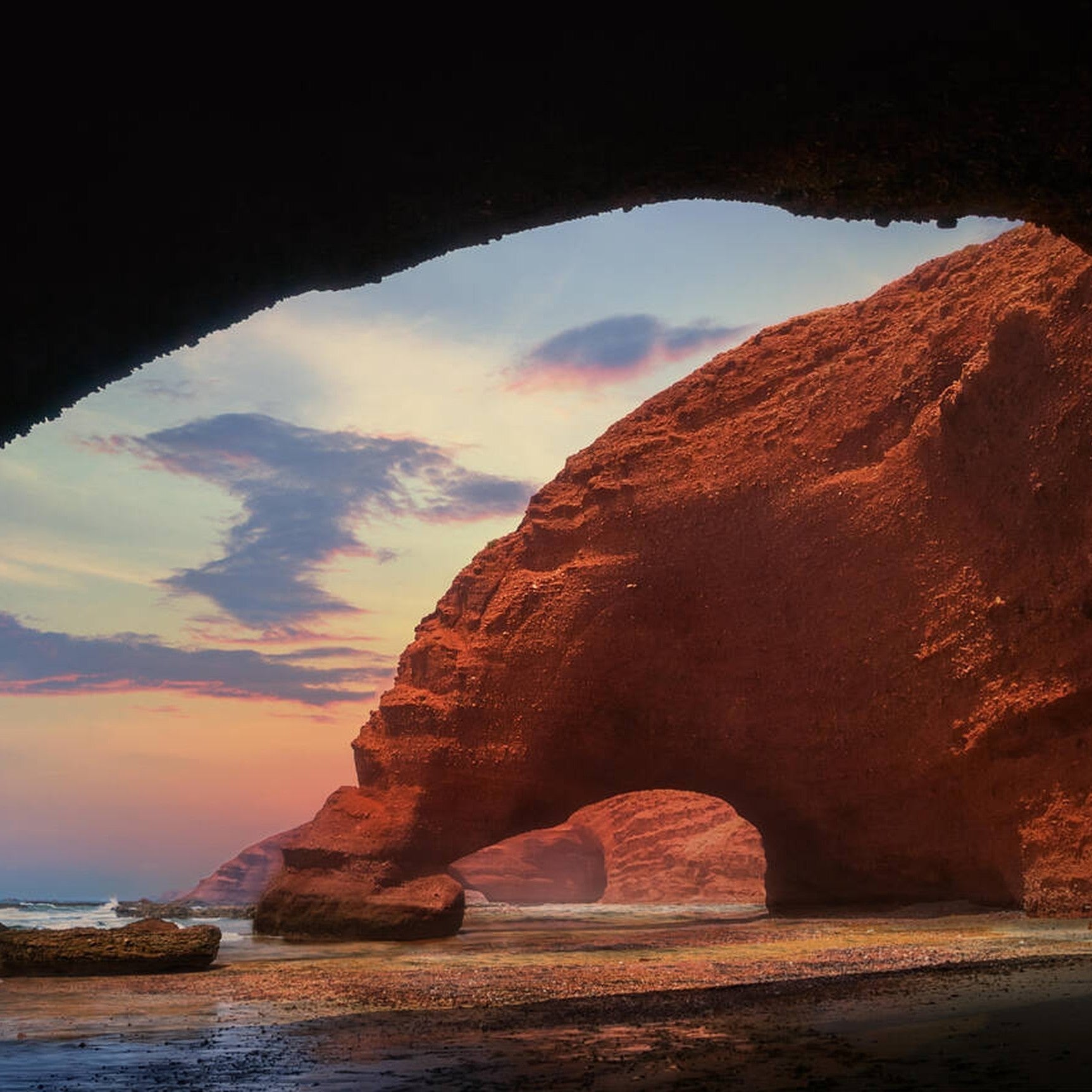Introduction
The railway line across the Strait of Gibraltar between Spain and Morocco has taken a new direction, with the construction of a line that would connect Madrid to the country's economic capital, Casablanca. The revision of the project comes as the three countries prepare for the 2030 FIFA World Cup.
The Spanish Association for the Study of Fixed Telecommunications on the Strait of Gibraltar (Secegsa) supports the feasibility of the project and expects it to be completed within five years, according to Spanish media reports.
The proposed road would include four main stations; Madrid, Algeciras, Tangier and Casablanca would all be connected by high-speed trains, the source said. Although many details of the project have not yet been resolved, the route is expected to strengthen economic and cultural relations between neighboring Spain and Morocco.
The merger of Madrid and Casablanca is expected to bring opportunities for trade, tourism and cultural exchange between Spain and Morocco, the source explained. In addition, the project could also promote job creation and economic development in both regions, especially those close to the undersea tunnel and its stations.
Sources confirmed that the estimated flight time between Madrid and Casablanca is five and a half hours, which will provide a fast and efficient option for passenger and freight transport, thereby enhancing the competitiveness and connectivity of the two capitals. In addition, new opportunities will also be ushered in for tourism, marine industry investment, renewable energy and fisheries.
It is understood that Tangier Station is an important contact point between Spain and Morocco, which is conducive to promoting cultural and trade exchanges between the two countries. Tangier is an important economic and tourist center in Morocco, and the completion of a high-speed railway station connecting Spain and Morocco will promote its development.
Sources said that as for project financing, Spain and Morocco are expected to bear most of the costs. But we will also seek external funding sources such as the European Union to ensure the feasibility and long-term sustainability of the project. In addition, it is also possible to explore the establishment of public-private partnerships and financing agreements with international institutions to cover construction costs.
Source: آشكاين
If you want to know more about Morocco, please refer to our blog: Morocco travel guides.
Planning to travel to Morocco? You can refer to these itineraries for inspirations:
3-Day Sahara Adventure: Marrakech to Fes via Ait Benhaddou & Merzouga Desert
5-Day Journey through Northern Morocco: A Blend of History and Culture
7-Day Morocco Adventure: A Custom Journey from Marrakech
13-Day Moroccan Odyssey: A Custom Journey from Casablanca
Want to customize your Morocco travel itinerary? Feel free to contact us for personalized tour experiences:
Email: [email protected]
WhatsApp: +212713053383
WeChat: MLG0714624860



